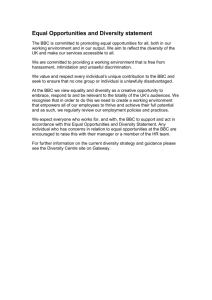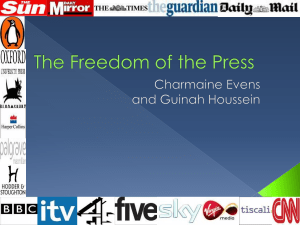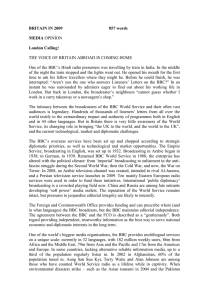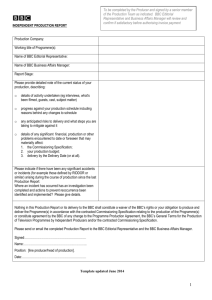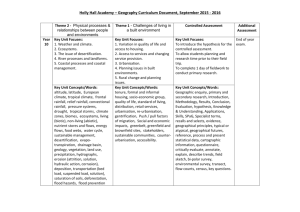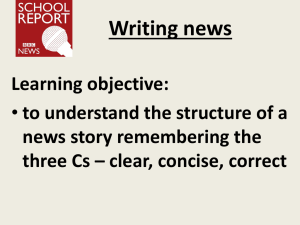Erik Olin Wright, excerpt from Approaches to Class Analysis
advertisement
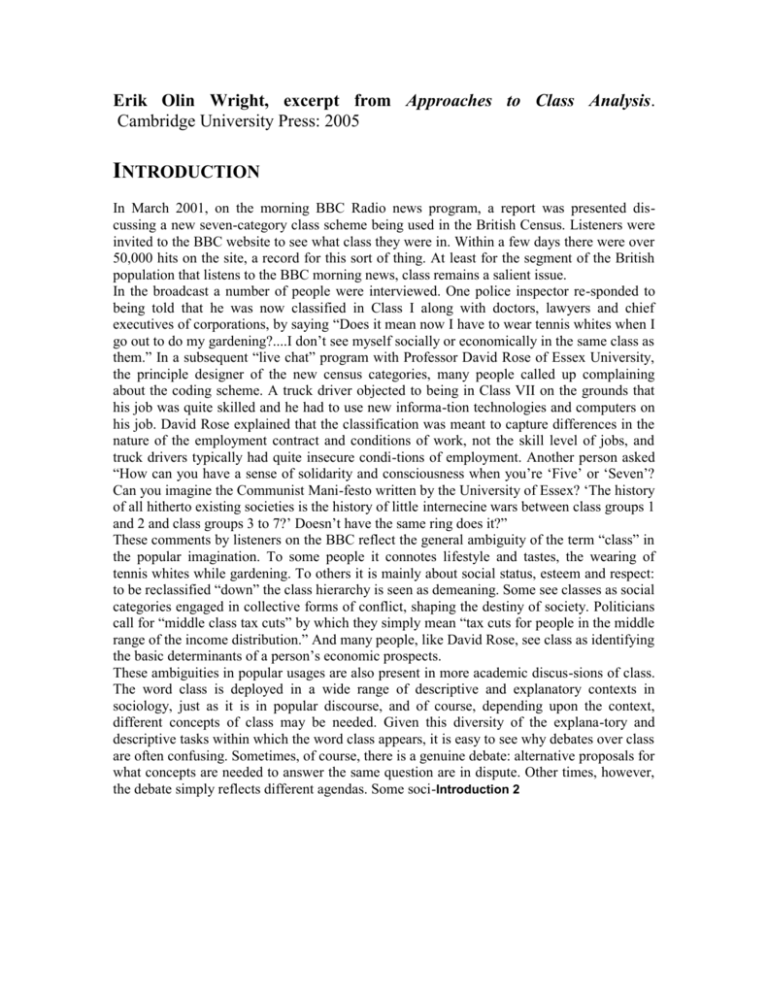
Erik Olin Wright, excerpt from Approaches to Class Analysis. Cambridge University Press: 2005 INTRODUCTION In March 2001, on the morning BBC Radio news program, a report was presented discussing a new seven-category class scheme being used in the British Census. Listeners were invited to the BBC website to see what class they were in. Within a few days there were over 50,000 hits on the site, a record for this sort of thing. At least for the segment of the British population that listens to the BBC morning news, class remains a salient issue. In the broadcast a number of people were interviewed. One police inspector re-sponded to being told that he was now classified in Class I along with doctors, lawyers and chief executives of corporations, by saying “Does it mean now I have to wear tennis whites when I go out to do my gardening?....I don’t see myself socially or economically in the same class as them.” In a subsequent “live chat” program with Professor David Rose of Essex University, the principle designer of the new census categories, many people called up complaining about the coding scheme. A truck driver objected to being in Class VII on the grounds that his job was quite skilled and he had to use new informa-tion technologies and computers on his job. David Rose explained that the classification was meant to capture differences in the nature of the employment contract and conditions of work, not the skill level of jobs, and truck drivers typically had quite insecure condi-tions of employment. Another person asked “How can you have a sense of solidarity and consciousness when you’re ‘Five’ or ‘Seven’? Can you imagine the Communist Mani-festo written by the University of Essex? ‘The history of all hitherto existing societies is the history of little internecine wars between class groups 1 and 2 and class groups 3 to 7?’ Doesn’t have the same ring does it?” These comments by listeners on the BBC reflect the general ambiguity of the term “class” in the popular imagination. To some people it connotes lifestyle and tastes, the wearing of tennis whites while gardening. To others it is mainly about social status, esteem and respect: to be reclassified “down” the class hierarchy is seen as demeaning. Some see classes as social categories engaged in collective forms of conflict, shaping the destiny of society. Politicians call for “middle class tax cuts” by which they simply mean “tax cuts for people in the middle range of the income distribution.” And many people, like David Rose, see class as identifying the basic determinants of a person’s economic prospects. These ambiguities in popular usages are also present in more academic discus-sions of class. The word class is deployed in a wide range of descriptive and explanatory contexts in sociology, just as it is in popular discourse, and of course, depending upon the context, different concepts of class may be needed. Given this diversity of the explana-tory and descriptive tasks within which the word class appears, it is easy to see why debates over class are often confusing. Sometimes, of course, there is a genuine debate: alternative proposals for what concepts are needed to answer the same question are in dispute. Other times, however, the debate simply reflects different agendas. Some soci-Introduction 2 ologists proclaim that class is disappearing, by which they mean that people are less likely to form stable identities in class terms and thus less likely to orient their political behavior on the basis of class, while others proclaim that class remains an enduring fea-ture of contemporary society, by which they mean that a person’s economic prospects in life continue to depend significantly on their relationship to economically valuable assets of various sorts. The central objective of this book is to clarify the complex array of alternative conceptualizations of class rooted in different theoretical traditions of class analysis.
